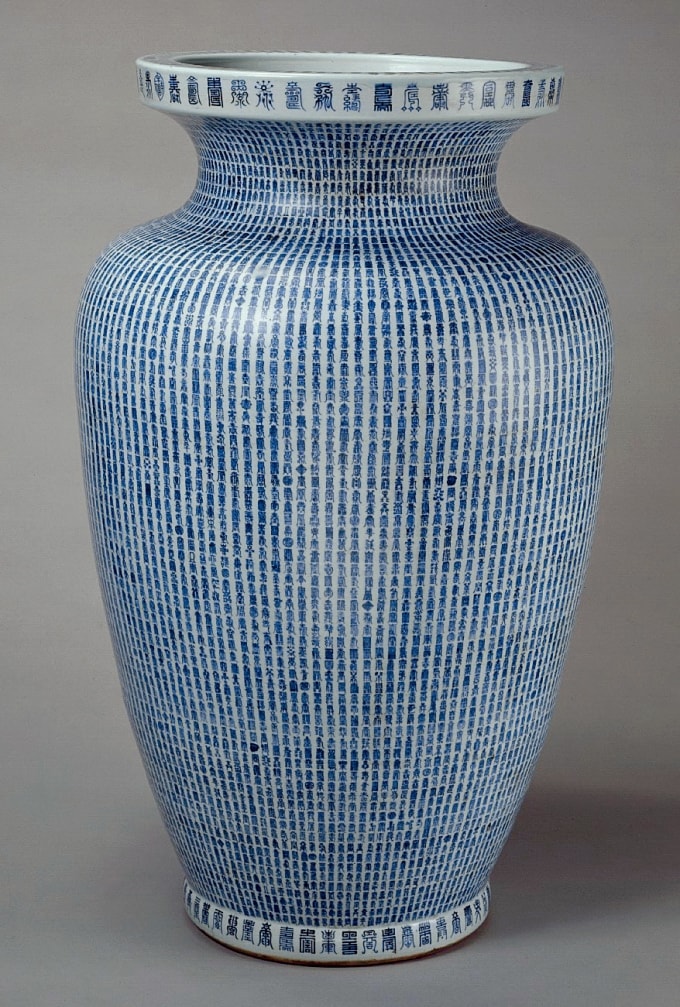
In early November, the Weibo account of the Beijing Palace Museum posted a photo of the Qinghua Mot Shou antique , saying that according to new research, this ceramic work was ordered by Emperor Kangxi (1654-1722) to be made at Jingdezhen pottery workshop, and then the emperor presented it to his grandmother to show his filial piety.
During this period, ceramics with the word "longevity" written on them appeared a lot, mostly used for decoration, but mainly the type with 100 or 1,000 characters. The vase with 10,000 characters is a rare item, expressing the meaning "long life".
The work is made of blue and white ceramic, 76.5 cm high, 37.5 cm in diameter at the mouth, and has a short neck. The word "longevity" is written in blue, with 130 rows on the belly, each row having 75 characters, for a total of 10,000 characters on the entire vase.

The word "longevity" is expressed in Seal script with different types of characters, arranged neatly, in neat rows, and regularly. The font size is adjusted to be smaller or larger, depending on the curvature and swelling of the vase, all harmonious and solemn. This requires perseverance, diligence and the highest level of craftsmanship of the artisan, the pottery firing process is also very difficult.
According to The Paper , there are currently five similar marigold vases in the world , in the Palace Museum in Beijing, and one in the Nanjing Museum. The third was purchased in England in the 1950s by banking magnate Li Kwok-wai, who donated it to the Art Museum of the Chinese University of Hong Kong in 1999.
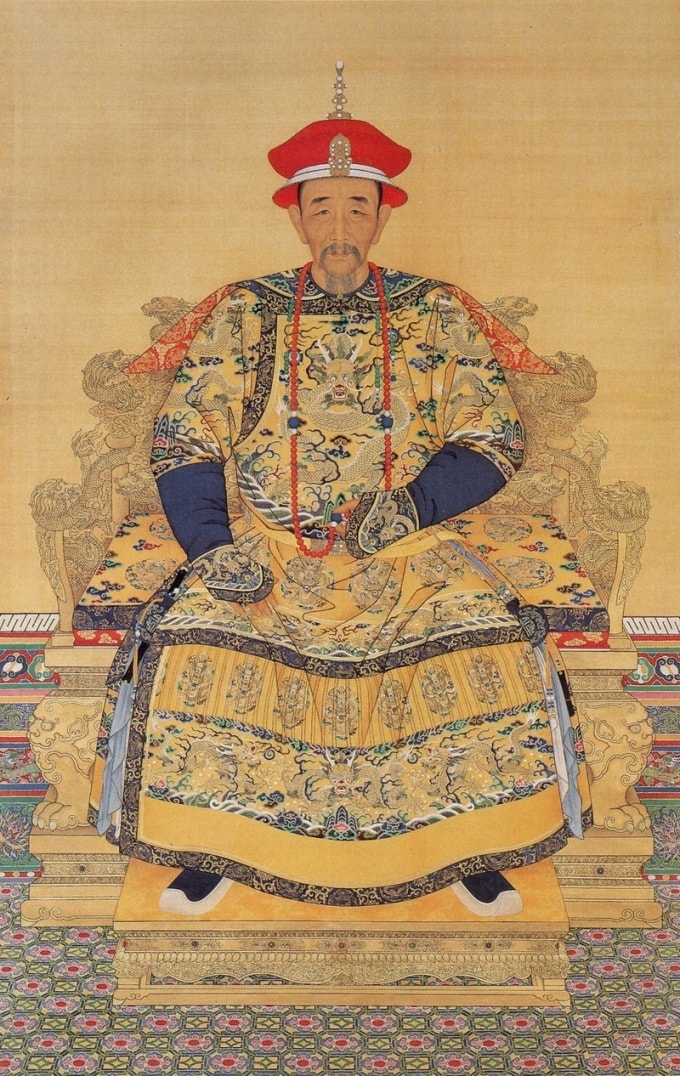
The fourth appeared at Christie's Hong Kong auction in 2013, bought by Chinese billionaire Liu Iqian for nearly HK$65 million (about US$8.3 million). The fifth, once owned by a Japanese collector, went under the hammer in Hong Kong in 2018, for US$9.5 million. The sixth is in the collection of an American collector.
According to the culture and regulations of the time, researchers believe that Kangxi may have ordered the production of nine longevity vases. The six vases were of similar size, and most of them had cracks at the bottom due to firing. The court kept them because the cracks at the bottom did not affect the aesthetics. This phenomenon reflects the difficulty in making them.
Kangxi was the fourth emperor of the Qing Dynasty. He ascended the throne at the age of eight and reigned for 61 years and 10 months, making him the longest-reigning emperor in Chinese history. According to People Daily , with his economic policies, the Qing Dynasty entered its most prosperous period.
TH (according to VnExpress)Source: https://baohaiduong.vn/binh-gom-viet-10-000-chu-tho-cua-hoang-de-khang-hy-397743.html




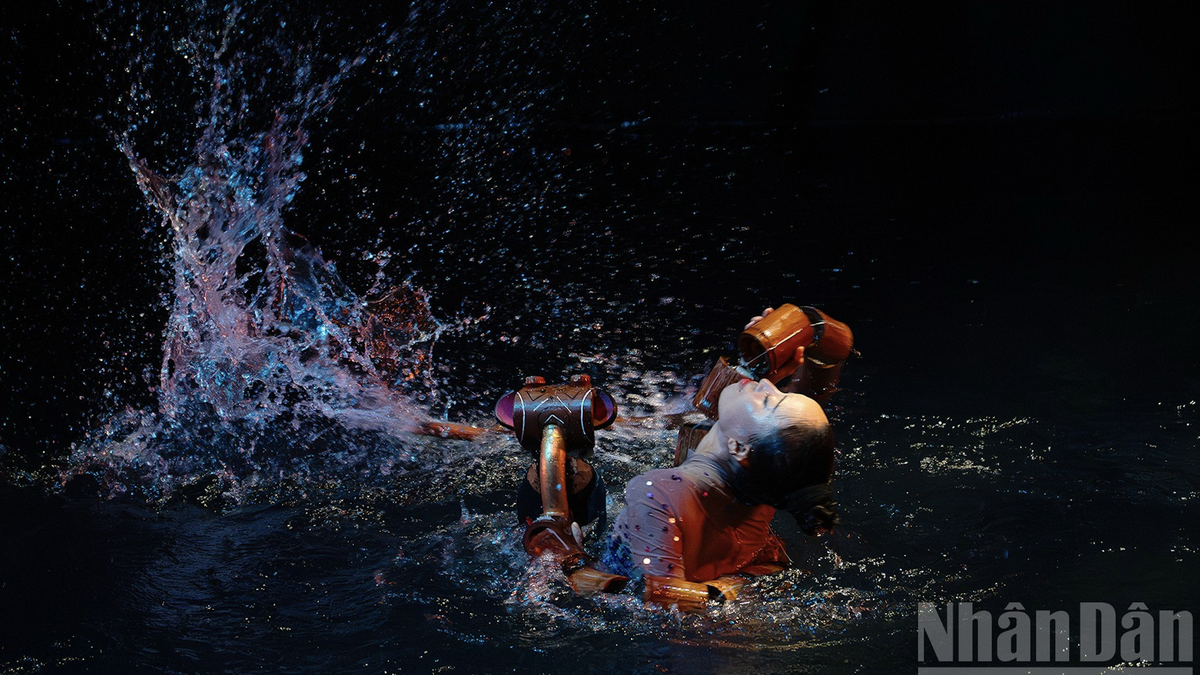
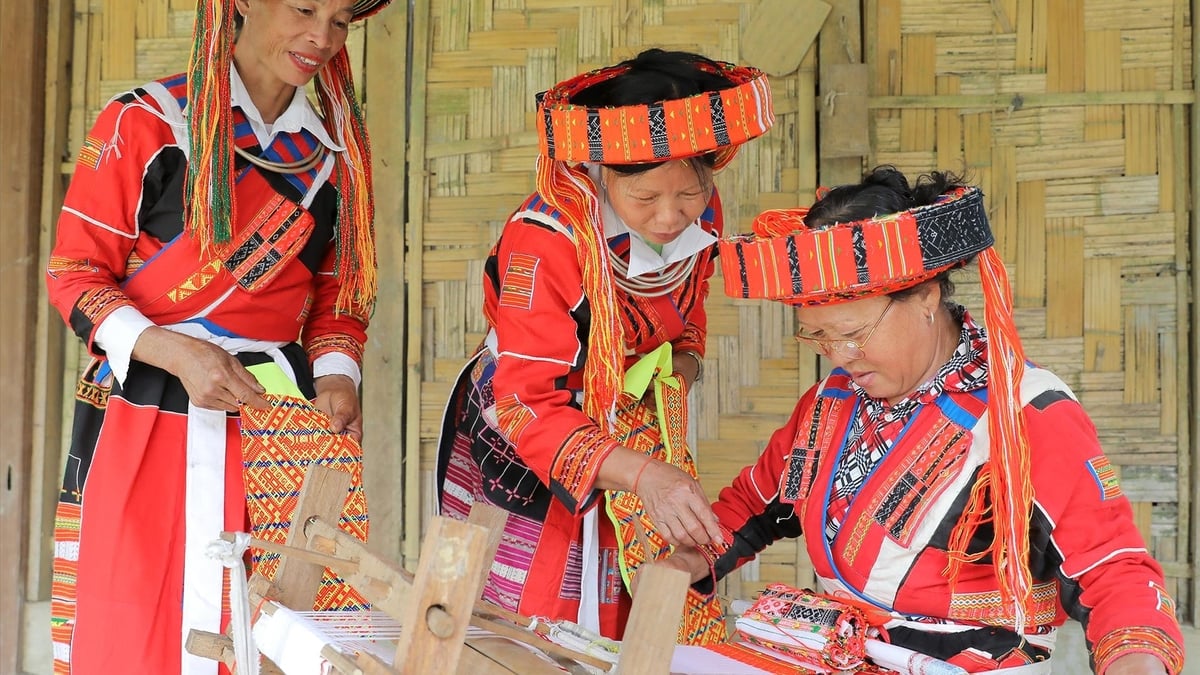

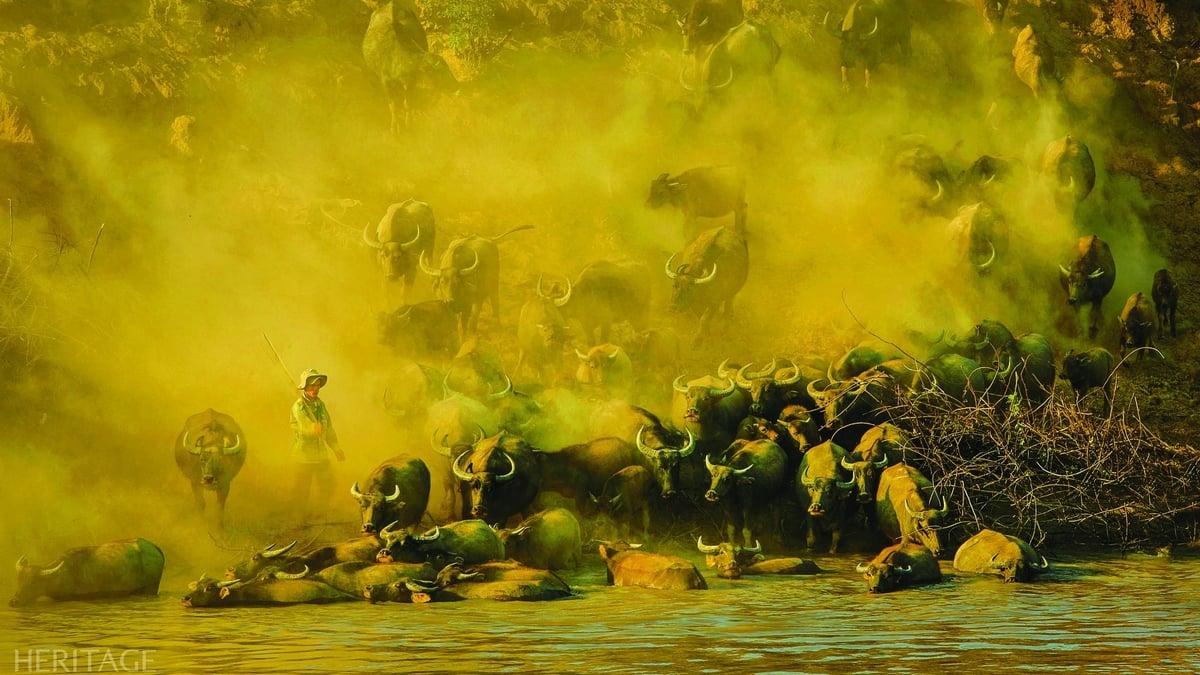
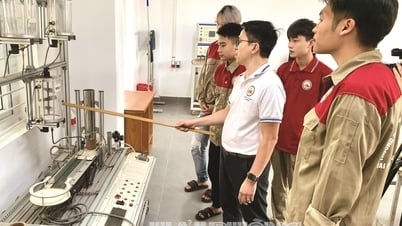



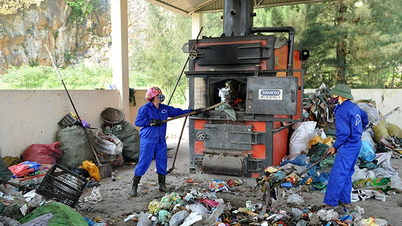





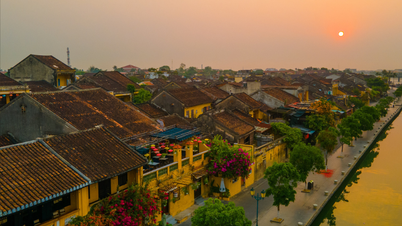





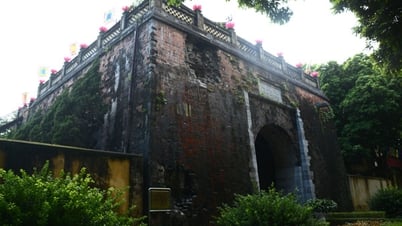





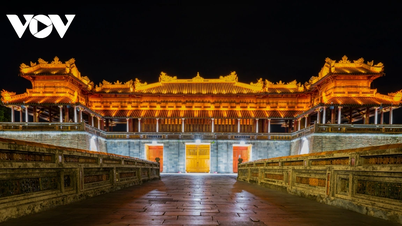







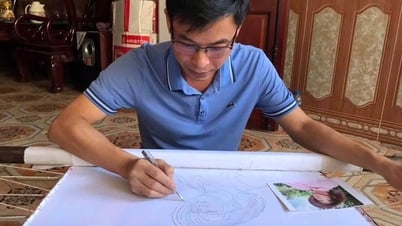












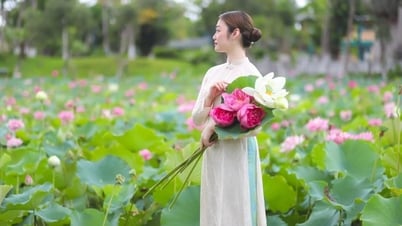






















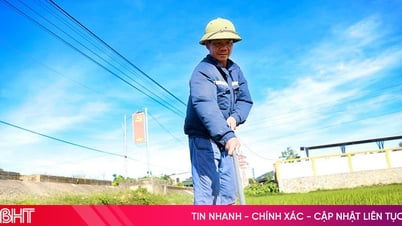

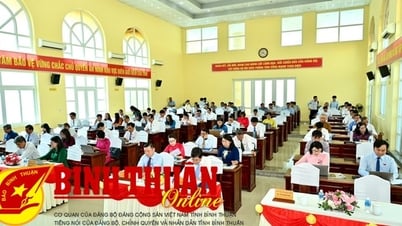
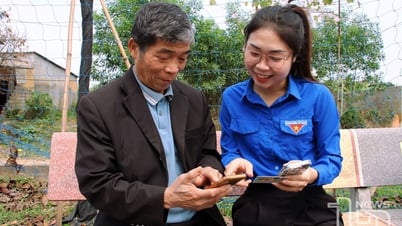













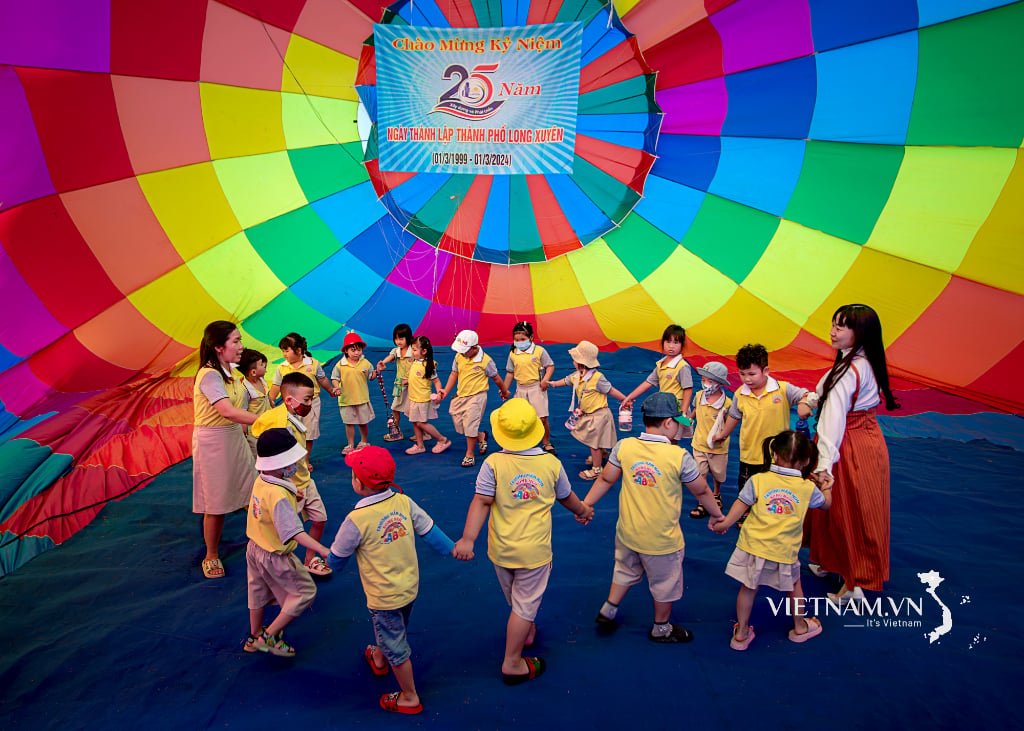


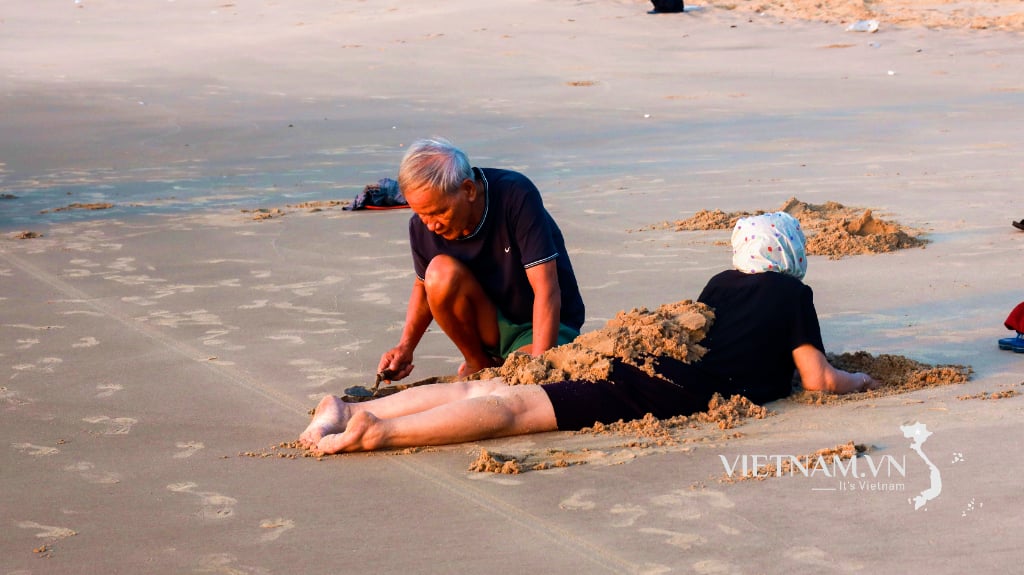
Comment (0)